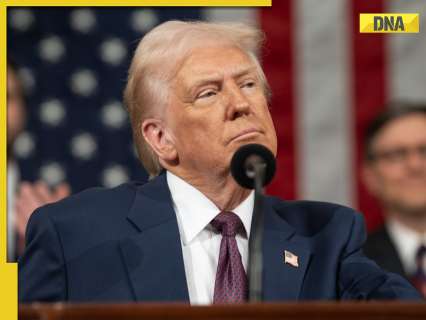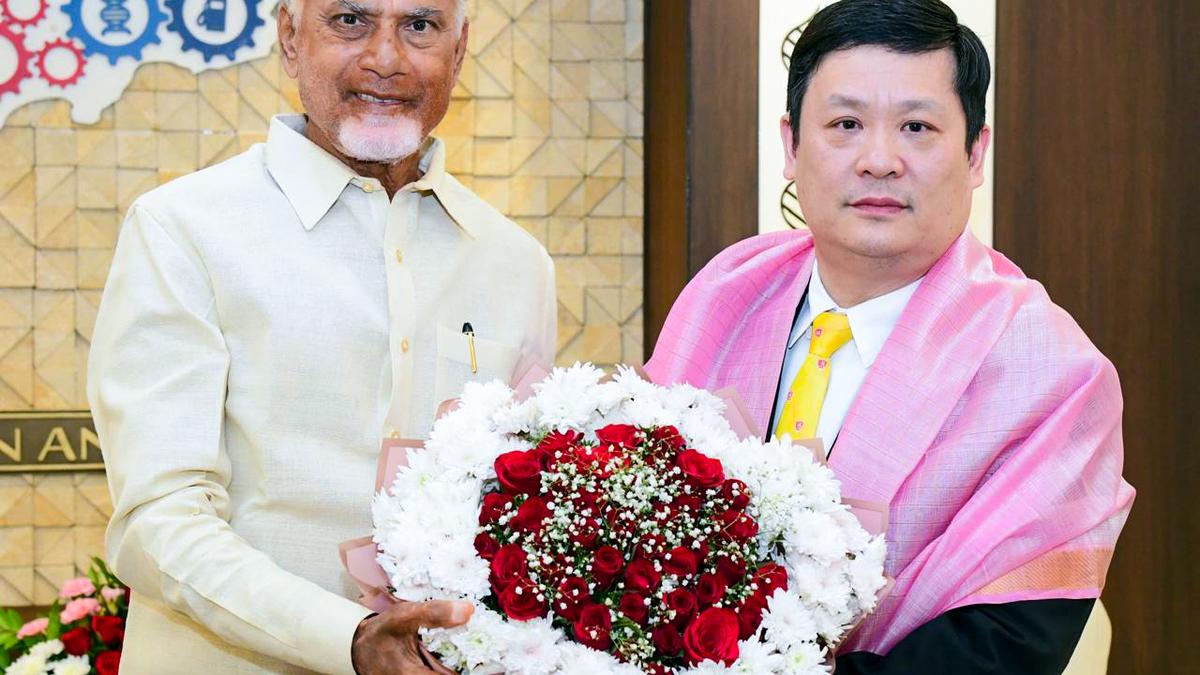Now Reading: DNA TV: India’s Strategy to Counter Trump’s Tariffs
-
01
DNA TV: India’s Strategy to Counter Trump’s Tariffs
DNA TV: India’s Strategy to Counter Trump’s Tariffs

Swift Summary
- US President Donald Trump has signaled the possibility of imposing tariffs exceeding 25% on Indian imports, which could lead to an economic conflict.
- India has several options to counter potential US tariffs:
– Raise tariffs on American products entering Indian markets.
– Explore choice markets for Indian exports currently bound for the US.
– Enhance domestic production under initiatives like Make in India to reduce reliance on American goods.
– Provide subsidies to industries affected by potential US tariffs.
– Continue diplomatic dialog with the US to soften its stance on trade restrictions.
- If higher tariffs are imposed, certain products (e.g., laptops imported from the USA) could become considerably more expensive, leading Indian consumers to opt for alternatives from nations like Singapore or Malaysia-impacting US exports substantially.
Indian Opinion Analysis
India’s multifaceted response options showcase its growing self-reliance and adaptability in trade dynamics. Initiatives like Make in India highlight a structural shift toward reducing dependence on foreign goods. While retaliation via increased tariffs would impact bilateral trade negatively, focusing resources on market diversification and boosting local production can mitigate long-term risks. Encouraging continued dialogue between both countries is essential to prevent escalation into a full-fledged economic dispute.
From India’s perspective, leveraging emerging strengths such as domestic defense exports demonstrates how strategic advances can be wielded during economic conflicts. Balancing assertive measures (tariffs/subsidies) with negotiations signals a pragmatic approach that prioritizes national resilience over reactive responses. Proactive maneuvering within global supply chains could also open newer opportunities beyond immediate challenges posed by tariff threats.Read More
























